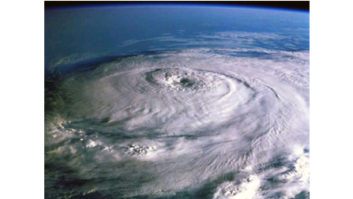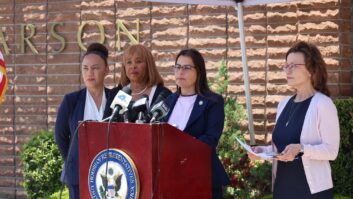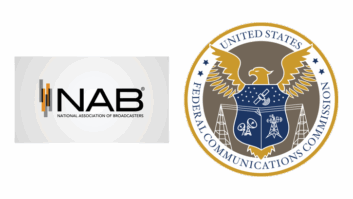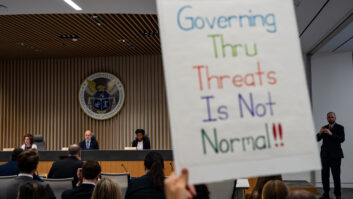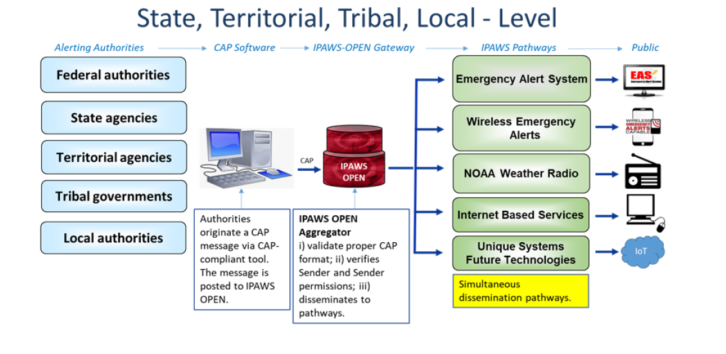
The Federal Communications Commission has released more details about its plans for improving emergency alerting.
Mobile devices would not be allowed to opt out of WEA alerts from FEMA. State emergency committees will have to meet at least one a year. EAS plans would no longer be publicly visible on the FCC website for security reasons. Those are just a few of the likely implications.
The commission is also asking for input on questions like whether it should adopt a National Security Event code.
As we’ve reported, the FCC has been instructed by Congress to review the current SECC system, explore internet alerting, gather information about false alerts and take other steps. Acting Chairwoman Jessica Rosenworcel announced this week that alerting will be on the agenda for the commission’s March open meeting.
[Read: “The FCC Will Explore Internet EAS”]
Now the 52-page draft Notice of Proposed Rulemaking and Notice of Inquiry has been released.
The NPRM would:
- Propose rule changes to combine the current non-optional class of WEA “Presidential Alerts” with FEMA Administrator Alerts into a new alert class called “National Alerts.”
- Propose to amend the annual State EAS Plan reporting rule to require certification that SECCs have held a meeting in the past year, propose to provide a checklist of required information for annual State EAS Plan reports, and propose to amend the commission’s rule for review and approval or rejection of annual State EAS Plan reports.
- Propose rules for the FEMA administrator or a state, local, tribal or territorial government to voluntarily report EAS or WEA false alerts to the FCC Operations Center.
- Propose a rule to require repeating EAS messages when certain authorized EAS alert originators want a message repeated, and to ensure EAS Participants are technically capable of repeating.
And the Notice of Inquiry would:
- Seek comment on whether it is technically feasible to deliver EAS alerts through the Internet, including through streaming services.
- Seek comment on whether and how to leverage the capabilities of the Internet to enhance the alerting capabilities of the radio and television broadcasters, cable systems, satellite radio and television providers, and wireline video providers that currently participate in EAS.
You can read the proposed NPRM/NOI here.
There are many interesting specifics and questions discussed, but just to pick two:
State EAS plans, which are currently accessible on the FCC website, would not be publicly available there except for names and some contact information of the SECC chairs. This is because “disclosure of the plans, at least in form where each plan is one place and in a uniform and easily searchable format, could highlight potential vulnerabilities that malefactors could exploit, thereby potentially hindering emergency planning efforts.”
The NPRM also asks whether the FCC should adopt a new alert originator code called the National Command Authority (NCA) code that would enable FEMA to issue alerts related to national security events, and also whether it should create a new event code for national security event-related alerts issued by FEMA called the National Security Event (NSE) event code that would encompass “warnings of national security events, meaning emergencies of national significance, such as a missile threat, terror attack, or other act of war or threat to public safety.”

